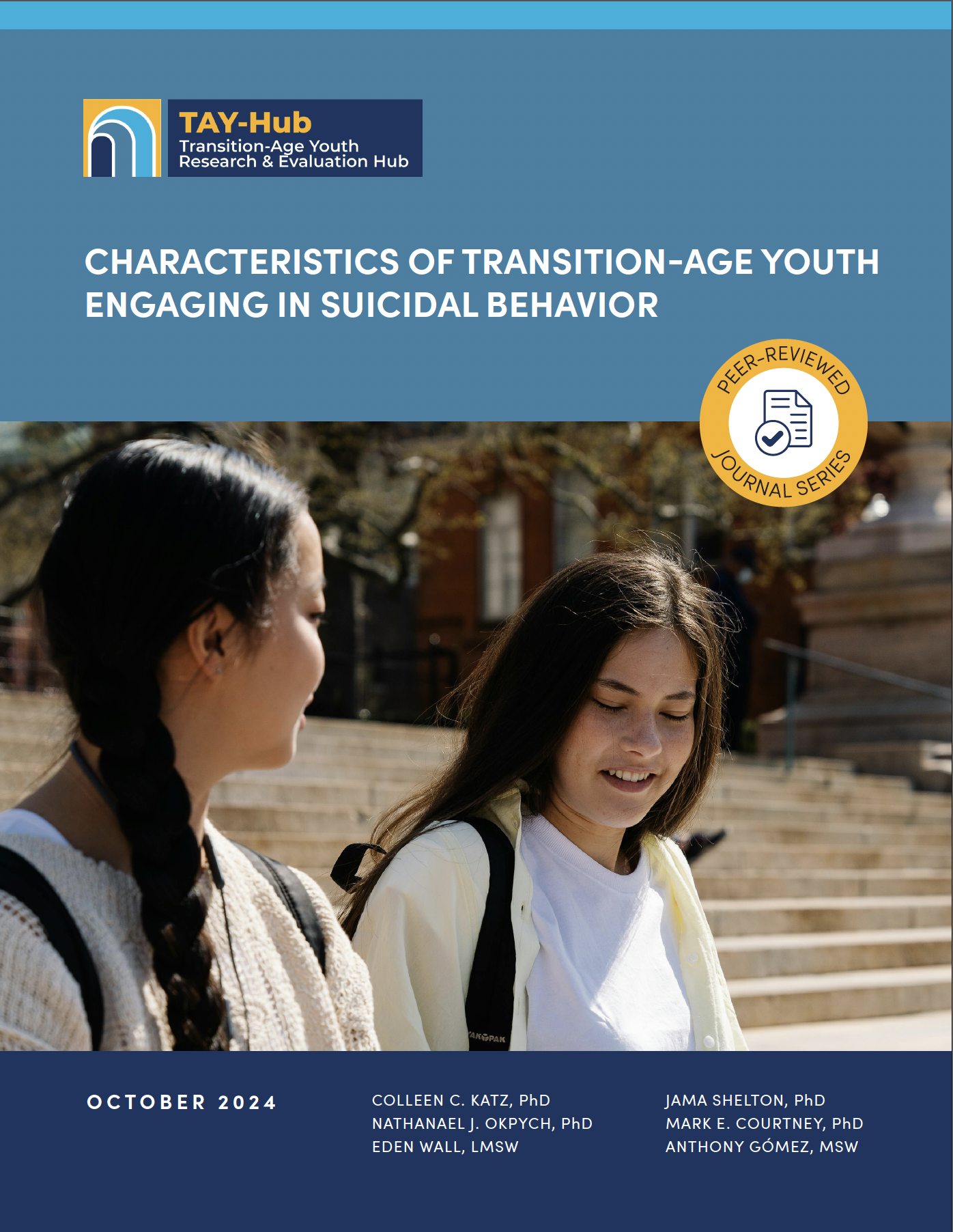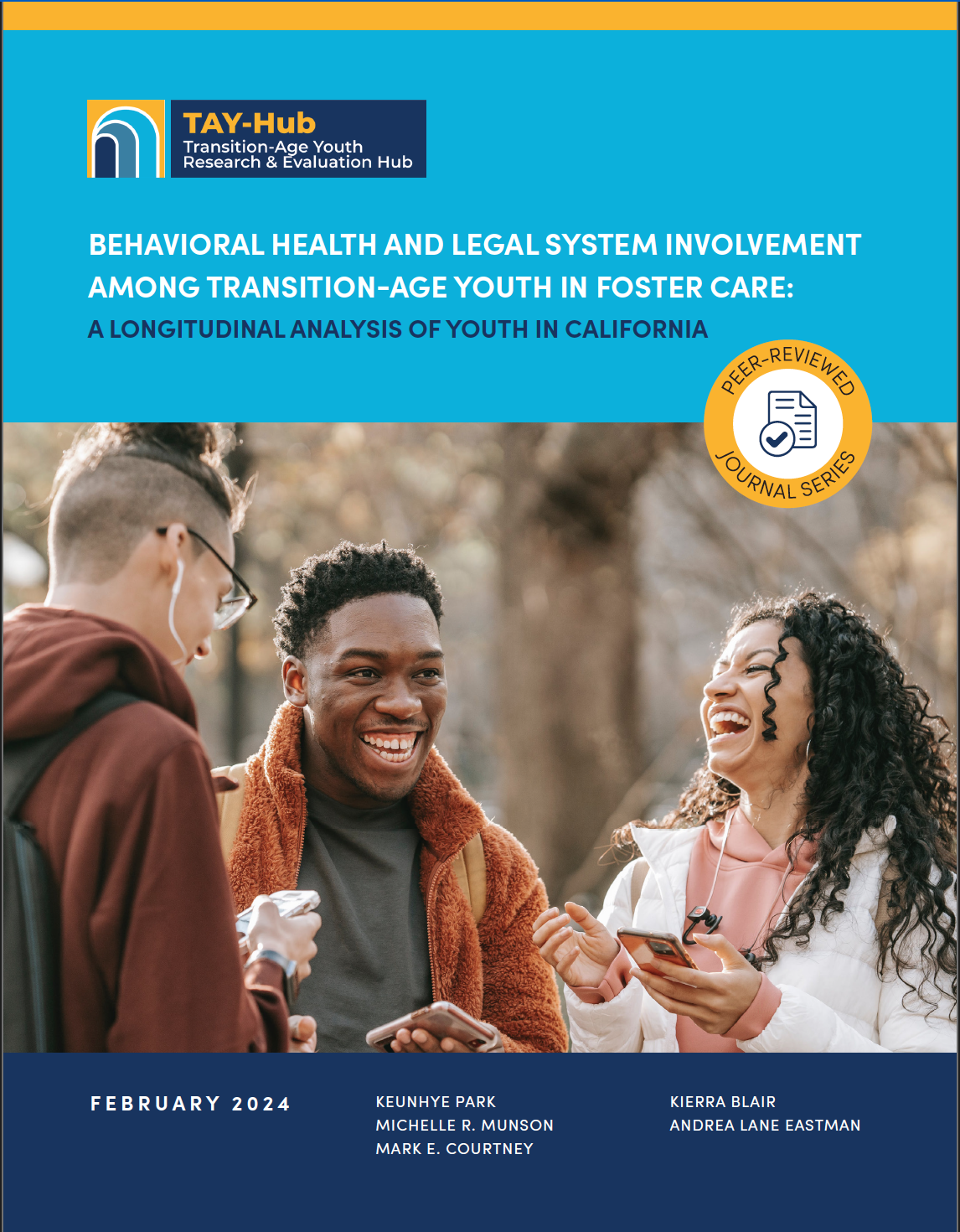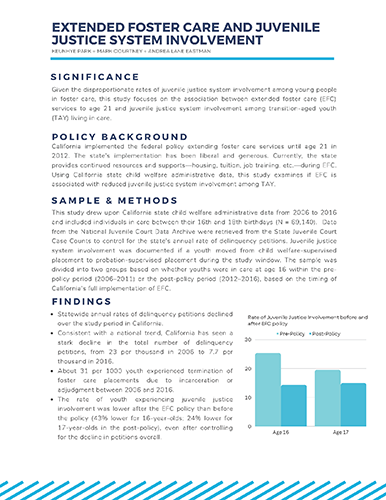Residential Mobility for Young Adults in Extended Foster Care
Ivy Hammond, Keunhye Park, Andrea Lane Eastman, Mark E. Courtney, Astha Agarwal
Significance: Research has consistently shown that placement stability is crucial for the well-being of children and adolescents in foster care, because frequent moves can disrupt developmental processes. This study is the first to examine factors influencing residential mobility among young adults in California’s extended foster care system.
Method: Using administrative data from 10,517 young people who turned 21 between 2019 and 2021 we examined relative housing stability.
Findings: More than half remained in extended foster care for at least 2.6 years, with a median of only one move during that time. However, significant differences in mobility emerged. Young adults in supervised independent living placements and out-of-county placements had higher mobility rates. Additionally, youth with a history of group home placements or suspected commercial sexual exploitation victimization or risk were more likely to experience increased mobility. The implications of variation in mobility for policy and practice are discussed.









